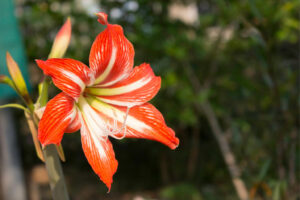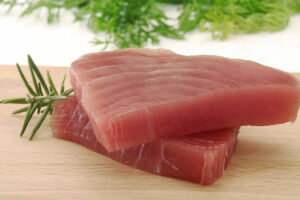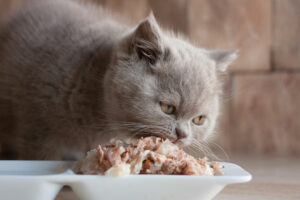10 things to know before investing in precious metals

Investing in precious metals has long been popular for diversifying portfolios and protecting wealth. Precious metals like gold, silver, platinum, and palladium have maintained their value over time and could serve as a hedge against inflation and economic uncertainties. However, before diving into the world of precious metals investing, it’s crucial to understand the nuances of this market and make informed decisions. This article explores essential tips to know before investing in precious metals.
1. Understand the types of precious metals
Before investing in any type of precious metal, it is essential for the investor to understand the different types of precious metals available. The most common precious metals are mentioned below:
- Gold
Gold, which is known for its historical value and stability, is often considered a safe asset. It might be bought in various forms, including coins, bars, and jewelry.
- Silver
Silver is less expensive than gold and has various industrial uses, making it more volatile but potentially profitable. It’s available in coins, bars, and other forms.
- Platinum
Platinum is rarer and more valuable than gold, but it is also more volatile. It’s used primarily in the automotive industry and is available in bullion coins and bars.
- Palladium
Palladium is a precious metal primarily used in the automotive industry for catalytic converters. It’s available in coin and bar forms.
2. Determine investment goals
Investors should have clear investment goals before entering the precious metals market. They should focus and learn more about factors like protecting their wealth against inflation, diversifying portfolios, or understanding and speculating about short-term price movements. These goals could influence the type of precious metal an individual invests in and their strategy.
3. Conduct thorough research
Investing in precious metals requires a solid understanding of the market. Investors should research historical price trends, supply and demand dynamics, and geopolitical factors that could affect the prices of these metals. Staying informed about economic news and global events is essential for making informed decisions.
4. Pick the right investment vehicle
There are usually several options for investing in precious metals, including the following:
- Physical bullion
This involves purchasing physical coins or bars of precious metals. While it offers direct ownership, it also requires storage and insurance.
- Exchange-Traded Funds (ETFs)
Precious metals ETFs offer exposure to the metals’ price movements without the need for physical ownership. They are traded on stock exchanges and provide liquidity.
- Mining stocks
Investing in mining companies that extract and produce precious metals might be another way to gain exposure to the sector. Factors beyond metal prices, such as operational issues and management decisions, might influence these stocks.
- Futures and options
Experienced investors may trade precious metals through futures and options contracts, but this involves higher risk and complexity.
5. Consider storage and security
If an individual decides to invest in physical bullion, they should consider storage and security. Storing precious metals at home could be risky, as they might be vulnerable to theft or damage. Alternatively, one could use a secure vault or storage facility. Ensure that the storage option one chooses is reputable and insured.
6. Be wary of scams and counterfeits
The precious metals market is not immune to scams and counterfeits. Investors should be cautious when buying from unfamiliar sources or unverified dealers. One should stick to reputable dealers and verify the authenticity of the precious metals purchased.
7. Diversify the portfolio
Diversification is a key principle of investment strategy. Precious metals may play a role in diversifying a portfolio, but they should not be the sole focus. A diversified portfolio may include stocks, bonds, real estate, and other assets to reduce risk.
8. Consider taxes and regulations
Diversification is a key principle of investment strategy. Precious metals may play a role in diversifying a portfolio, but they should not be the sole focus. A diversified portfolio should include stocks, bonds, real estate, and other assets to reduce the risk of losing a lot of money.
9. Stay informed and monitor investments
The precious metals market could be highly volatile, with prices influenced by various factors. Investors should stay informed about market developments and regularly monitor their investments. One should adjust strategy to align with goals and risk tolerance.
10. Seek professional advice
For those new to precious metals investing or those with substantial portfolios, seeking advice from financial advisors or experts might be beneficial. They may provide guidance tailored to the investor’s specific circumstances and help the investor make informed decisions.



